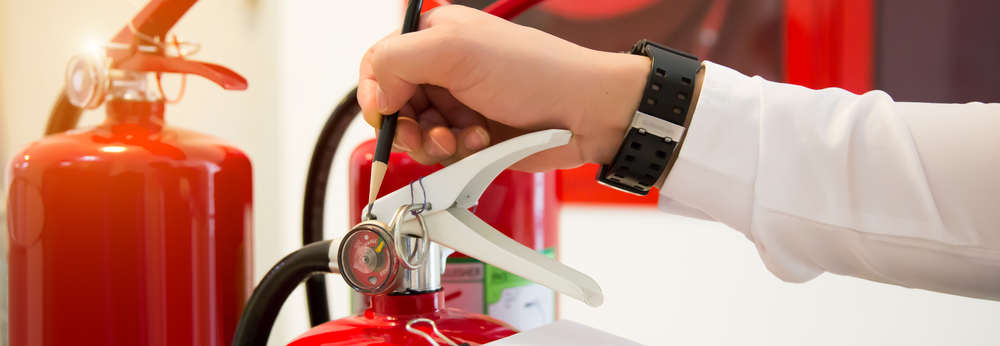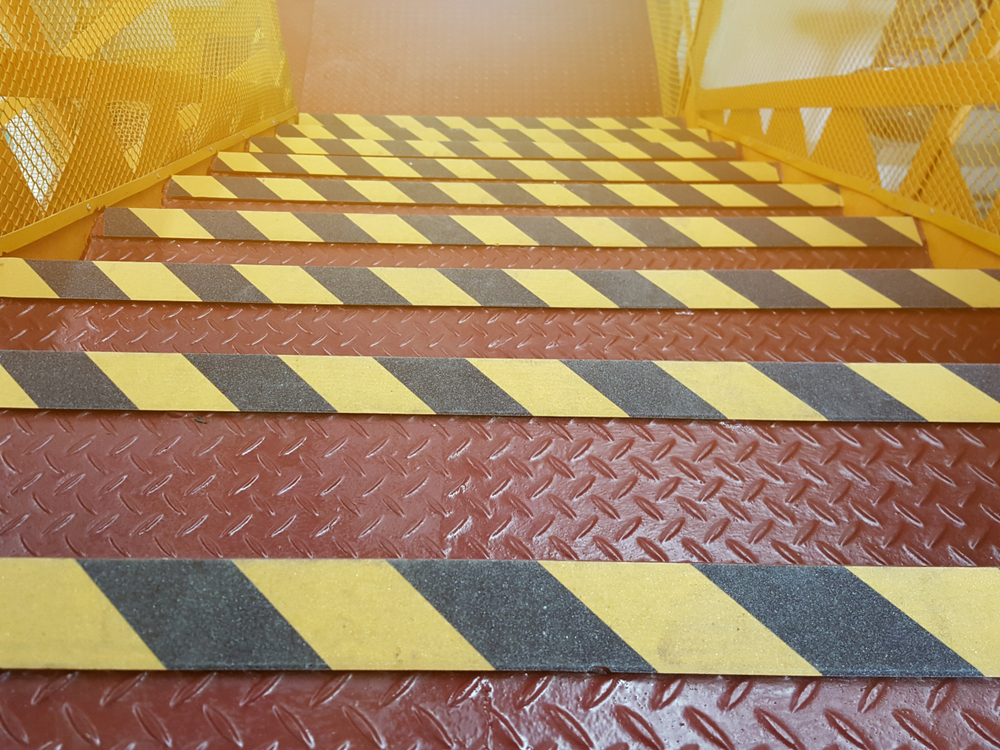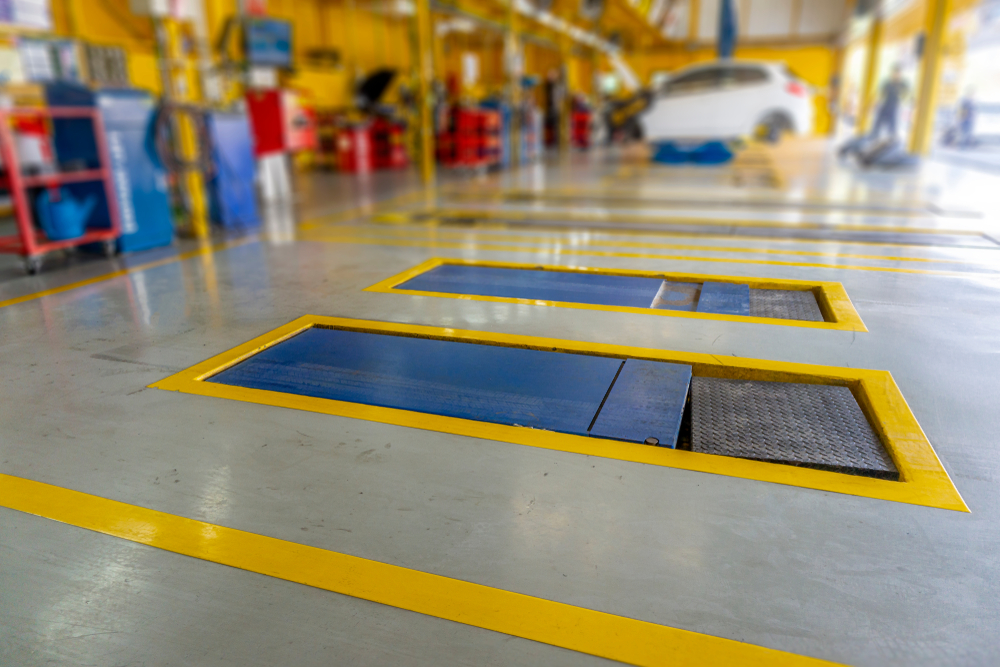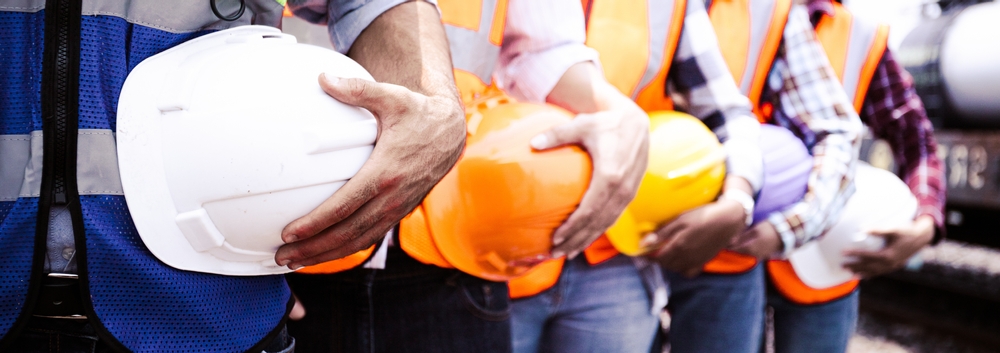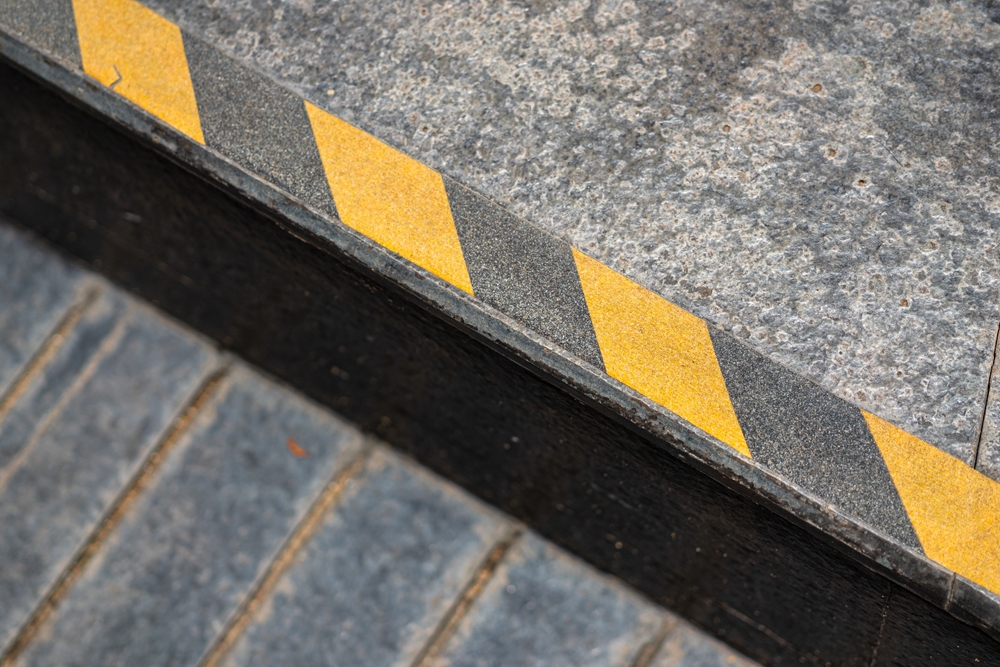A Guide to Fire Safety
Whether you’re a small business of just a few staff, a pop-up shop, or a global enterprise, you will need to have vigilant, tried-and-tested fire safety procedures in place. Likewise, shared occupancies and individual homes should also have emergency fire safety kits and alarms fitted.
Having a fire safety procedure helps to keep all those who enter your business out of harm's way should a fire break out. This should be complete with fire exits, refuge points, and assigned fire marshals who can alert and guide your staff and guests to safety. This guide will talk you through the importance of proper fire safety, as well as what products can be useful to have in place.
What standards must be met?
All businesses must meet the standards of the Regulatory Reform (Fire Safety) Order 2005. This order means that anyone within the business that possesses some level of control of the premises must be able to take the necessary reasonable steps to reduce the risk of a fire taking place. They must also ensure that people within the building have a safe route of escape if there is a fire.
Under the Regulatory Reform Order, you must carry out a risk assessment to identify any possible dangers or causes of a fire, as well as consider who or what might be especially at risk. You should work to reduce the risk of this happening by either removing the fire risk or working to make it safer, such as including fire doors in areas where a fire is more likely to break out. Flammable items should be stored in a reasonable place and be labelled accordingly so that those who use them are aware of the risks they pose to themselves and others.
What types of premises does this order apply to?
This order typically applies to practically all premises and almost every type of structure or open space where people are to gather. This includes:
- Care facilities (such as care homes and hospitals
- Office buildings and shop
- Communal places of worship and community halls
- Pubs, nightclubs and restaurants
- Shared areas of MDUs (households of multiple occupancy)
- Sports centres and schools
- Hotels, hostels and B&Bs
- Sports halls and schools
- Tents and marquees
- Factories and warehouses
Private homes, such as a house or flat, will not have to adhere to this order.
What products can help you maintain fire safety in the workplace?
To keep your building as safe as possible from potential fires, you should look to invest in safety features such as alarms, fire extinguishers, logbooks, and fire warden bibs.
Battery-operated site alarms allow you to alert your construction site staff to smoke and excessive levels of heat within the vicinity which could be a risk to them. Raising the alarm early enough is vital to ensuring the safe and swift evacuation of those in the vicinity of the smoke and/or fire.
Every workplace should have access to fire extinguishers to help extinguish smaller, more manageable fires that can be easily put out. Having these available throughout certain refuge points within the building will help to prevent the spread of fires and quickly deal with any small outbreaks. Likewise, fire blankets should be standard practice in a workplace or shared residency. They can often be used without much, if any, training and will act as a fire extinguisher to put out even smaller, more manageable fires that can be contained easier by smothering them. Learn more about fire blanket safety in our fire blanket guide. Click here to find out more about fire blankets and how to use them.
You should assign a fire warden, or a number of fire wardens if you are quite a large business, to help escort your staff to safety and keep everyone calm in the event of a fire. Make sure you have the right equipment for your fire wardens, including a megaphone, a high visibility bib and/or armband, and a telescopic sign so that your employees know exactly where the safe meeting point is.
It’s crucial that your firm has fire logbooks to report any incidents relating to fires to ensure that you are correctly documenting the event. This enables you to keep a record of the breakout, how it was handled, and whether there was any injury or damage caused at the scene. By using a professional fire safety logbook, you will know the correct recording procedure and will capture all the necessary details. It’s also recommended to invest in a document holder of some kind, whether this is a lockable cabinet or folder; this will ensure your logbooks and relevant documents are safe and easily accessible at all times.
In the case of a fire, fire doors can help to block the spread quite effectively and will slow down the blaze to allow any occupants of the building to escape. By having fire door equipment installed, you will ensure the very best protection for your employees and tenants. Make sure that your building’s doors meet the necessary safety standards to be considered as fire doors, as certain woods and materials will catch fire much quicker than those that are registered as safe.
What else should you have in place to avoid a fire?
In order to minimise the chances of a fire breaking out in your building, you should regularly conduct a fire safety risk assessment. This will help you to understand which areas could be more at risk, or where there is room for improvement in regards to the safety of the building.
Firstly, you should identify any fire hazards in the vicinity, such as things that can easily ignite. Anything that is highly flammable, like certain chemicals, should be noted down as a fire risk.
You should then identify who could be at risk if a fire was to occur. This includes those in and around the premises, as well as vulnerable people such as infants or those with disabilities who may struggle to escape a fire.
Decide how likely the chance of a fire breaking out would be and remove or reduce these fire hazards - you’ll need to apply this method to every hazardous aspect of the building. Make a note of your findings in a dedicated logbook and create a fire safety plan to prepare for any emergency situations.
Training should also be provided to the relevant people involved. For example, all staff in a kitchen should be trained to use fire safety equipment and every member of staff should know what the fire protocol is and where the emergency exits are located. It’s not only important that people on the premises are able to vacate quickly, but they will need to do so safely also. Think about any other potential hazards once they have left the building, such as main roads or blind spots where they could come into contact with motorists.
Be sure to review your fire risk assessment often and update your routine if something changes.
How SafetyBuyer can help
Visit the SafetyBuyer blog to find out more about how you can keep your workplace and staff safe from fires and other incidents. Alternatively, you can buy fire safety equipment directly from our website.
If you’d like to get in touch with us, please call 0800 043 0161 or fill in our online form and we’ll be in touch to help you.
 Over 12,000
Over 12,000  Simple no quibble
Simple no quibble  Prompt dispatch &
Prompt dispatch &  UK Mainland Delivery
UK Mainland Delivery 